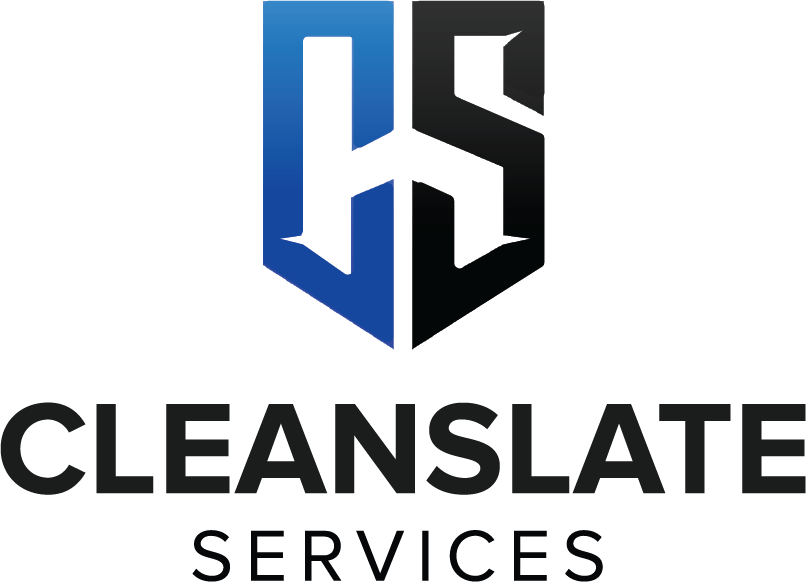Mold Testing
Mold Remediation: Mold Testing
A mold inspection takes place in the home, during which time the home inspector or mold inspector conducts a visual inspection of the house to determine if there is mold present. The inspector will also speak with the homeowner about any water damage, leaks, moisture problems, and mold growth that may have already been discovered in the home.
What methods do mold detection professionals use?
Whenever you hire a professional mold inspector to come to your home, he or she will collect samples from three different areas: the air, surfaces, and surrounding dust. They send these samples to a third-party laboratory for analysis to determine the concentration and types of mold present in those specific areas.
Are mold tests performed at home reliable?
The levels of spores measured by the lab are not accurate, and they are unable to detect hidden mold, making it impossible for the homeowner to make an accurate assessment of the situation. People frequently do either too little or too much as a result of these outcomes. Just because you have mold does not necessarily imply that you will need to spend a lot of money on remediation.
How can I determine whether or not my home's air quality is contaminated with mold?
The use of swabs and tape strip tests to collect potential contaminants from a surface such as a counter or tabletop are both recommended. The results of a swab test are available in a matter of minutes, though you may not be aware of the specific type of mold present. Tape strips, air pumps, and petri dish tests all necessitate the sending of the collected sample to a laboratory for analysis.
What is the best way to detect hidden mold in my home?
If you want to find hidden mold, look for signs of water intrusion, which is often a sure sign that you either have mold in your home now or that it will be growing in your home shortly. The presence of mold in the walls can be difficult to detect; however, it is critical to look for these signs of mold growth in order to identify the problem as quickly as possible.
What is the prevalence of mold in buildings?
Mold is extremely common in both buildings and residences. Moist environments, such as those around roof leaks, broken windows or pipes or areas where there has been flooding, are conducive to the growth of mold. Mold thrives on a variety of materials, including paper, cardboard, ceiling tiles, and wood products.
Contact Clean Slate Services Today!
Clean Slate Services will do everything we can to ensure your experience with us is excellent.

